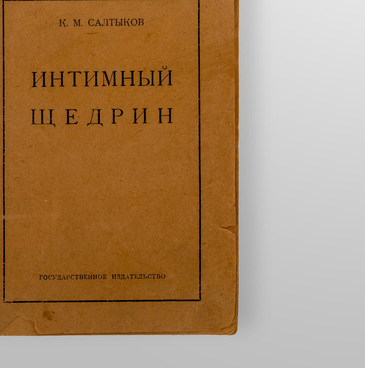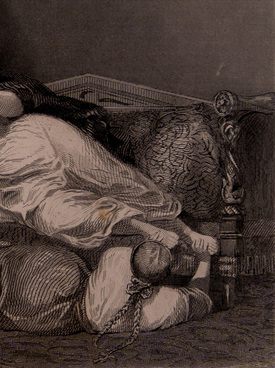Yevgraf Romanovich Reutern (1794–1865) was born as Gerhardt Wilhelm von Reutern in the Rösthof estate, Livonia Governorate. While studying at the University of Dorpat, he became interested in painting but considered it to be just a hobby. Yevgraf Reutern planned to have a military career and at the age of 17 joined the Alexander Hussar Regiment commanded by his older brother Christopher. However, two years later his military career was cut short when he was severely wounded in the shoulder at the Battle of Leipzig and lost his right arm.
While recovering from his wounds, Yevgraf Reutern visited his relatives in Kassel. At a reception of Grand Duchess Maria Pavlovna of Russia in Weimar, the young man drew the attention of Johann Wolfgang von Goethe who encouraged him to become a painter. Reutern followed his advice, and a few years later even co-founded the “Artists’ Colony” in Willingshausen.
Having learned to paint with his left hand and taught himself the basics of painting, Yevgraf Reutern continued his education in educational institutions in Bern, Kassel, and Düsseldorf. He painted mostly watercolors and genre scenes.
In the first half of the 1830s, the artist’s eyesight started getting worse, and doctors advised him to give up watercolor painting. Studying under Carl Friedrich Deiker and later at the Düsseldorf Academy, Yevgraf Reutern mastered oil painting, and, with the help of his future son-in-law Vasily Zhukovsky, the artist’s best works were presented to the imperial court.
In 1835, he became a candidate to and almost immediately a member of the St. Petersburg Academy of Arts. Two years later, he was appointed court painter.
Yevgraf Reutern spent several years moving between Russia, France, Italy, Germany, and Switzerland. During the last years of his life, he lost many close people. The emotional shock affected his health, and the artist gave up painting.
The displayed painting was most likely created in Frankfurt am Main, where the artist settled in 1844.
Art historians have pointed out the amazing
similarity between “Schwalm Peasant Woman” from the Penza Museum and
“Willingshausen Peasant Woman Holding a Sleeping Child” from the State Russian
Museum. It was established that “Schwalm Peasant Woman” is a previously unknown
copy created by the painter based on his “Willingshausen Peasant Woman”.

